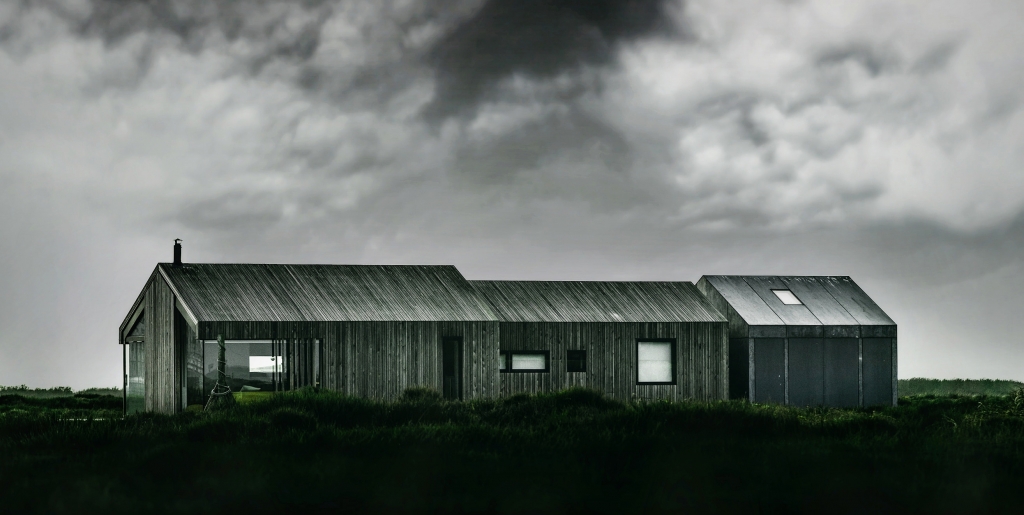Storm Shelters
No matter where you live, it is likely Mother Nature has blessed you with a challenge. This challenge is something out of your control, and only manageable through proper planning. We’re referring to natural disasters. Earthquakes, hurricanes, tornados, the list is long and nasty. Human beings are resilient creatures, capable of adapting on the fly and putting together structures that can withstand what Mother Nature throws our way. There are always some exceptions, but for the most part, we got this!
By we got this, in this instance, the response is the storm shelter. Back in the 1950s the uncertainty of nuclear weapons and how they could be deployed led to the construction of bomb shelters. These were underground bunkers entire families could seek shelter in and serve as temporary housing. As time passed and the nuclear scare subsided, folks began to worry less about bombs and more about storms. For example, if you find yourself living in what is known as “tornado alley,” the states of Northern Texas, Oklahoma, Kansas, Nebraska, Missouri, Iowa, South Dakota and North Dakota, a storm shelter is part of everyday life.
The good news in all this is storm shelters today are as secure as secure gets. The technology has outpaced what Mother Nature can toss at you, so if you acquire a good storm shelter and arrive in time to ride out said storm, there shouldn’t be any issues. The first question in terms of the shelter is do you go above or below ground. Most people would assume below ground is safer, but both options are doable. If you opt in for an above ground shelter, they can be placed anywhere. Think of a safe room, designed to fit 4 people comfortably sitting. The downside is these take up space inside the house, as you likely wouldn’t be using the shelter for anything on a day to day basis. But if you have handicapped members in the home, this might be a better choice.
Below ground shelters are usually installed in the backyard of a home. However, many experts suggest placing them in the garage for example so you or your family are not exposed to hail, lightening, extreme winds or dangerous debris when trying to get to the shelter. When it comes to providers, there are a plethora. FamilySAFE is a company based out of Tulsa, Oklahoma. Living in the heart of tornado country, FamilySAFE distributes shelters across the mid-west and serves the coasts (east and west) with individualized shelters for residents of those states as well. Their products have been tested and certified to withstand EF5 tornado winds.
Another excellent provider per online reviews and comments is Ground Zero. These folks are also headquartered in Oklahoma, Oklahoma City to be exact. Ground Zero sounds relatively secure, and with debris-proof doors and safe rooms that could survive EF winds and more, installation only lasts 4 hours on average and prices for a shelter start in the $2,800 range. Lastly, a veteran in the storm shelter game – U.S. Storm Shelters. These guys and gals have been manufacturing top-notch shelters for some time and their well-known “Mighty Mite” safe rooms can be easily installed in a closet and hold anywhere from 2 to 4 people comfortably.
A reality, ladies and gentlemen, protection is out there, don’t wait until it’s too late.


Comments:
Login to leave a reply